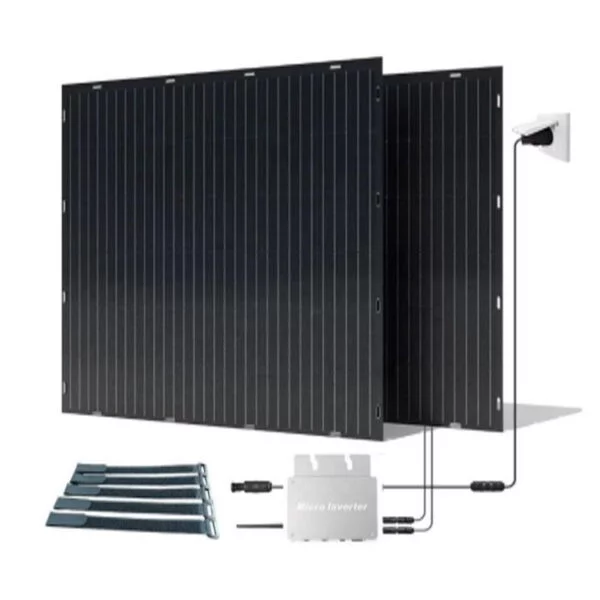HOT PRODUCT
Product Details
The Science Behind 400w Folding Panels: How They Generate Power
The Science Behind 400w Folding Panels: How They Generate Power
Solar energy has become an increasingly popular and viable alternative to traditional energy sources in recent years. One technology that has gained significant attention is the 400w folding solar panel. These portable and efficient panels harness sunlight to generate electricity, making them particularly useful in situations where access to conventional power sources is limited or non-existent. But what exactly is the science behind these panels, and how do they generate power? Let’s delve into the fascinating world of solar energy and explore the inner workings of 400w folding solar panels.
The fundamental principle behind any solar panel, including the folding variety, is the photovoltaic effect. This phenomenon occurs when certain materials, known as semiconductors, interact with photons from sunlight. The most commonly used semiconductor in solar panels is silicon, which easily absorbs photons and releases electrons in the process.
A typical 400w folding solar panel consists of an array of small silicon cells. These cells are sandwiched between two layers, the top layer being a transparent cover made of tempered glass or specialized plastics to protect the cells from external damage. The bottom layer is usually a thin backsheet that provides electrical insulation.

Each silicon cell within the panel has a thin metal grid pattern on its surface. This grid acts as a conductor, enabling the flow of electrons throughout the cell. Additionally, a layer of anti-reflective material is applied to minimize the loss of sunlight due to reflection.
When sunlight strikes the surface of the solar panel, photons within the light spectrum (mainly from the ultraviolet and visible regions) pass through the transparent cover and reach the silicon cells. Upon reaching a cell, photons with enough energy will collide with electrons in the silicon atoms, causing them to be ejected from their positions.

At this point, an electric field is created within the silicon cell due to the different electrical charges of the freed electrons and the positively charged atoms left behind. This electric field acts as a barrier in which the freed electrons collect and accumulate on the surface of the silicon.

Once the electrons accumulate on the surface, they are directed into the metal grid through a series of conductive channels embedded within the silicon cell. These channels ensure that the electrons flow in a specific direction rather than scattering randomly.
The metal grid is then connected to a wire, which acts as a pathway for the electrons to flow out of the solar panel and into an external electrical circuit. This flow of electrons creates an electric current that can be utilized to power various devices or stored in batteries for later use.
It is important to note that the efficiency of a solar panel depends on several factors, including the intensity of sunlight, the angle at which the panel is positioned, and the overall quality of the semiconductor material used. Additionally, the folding design of these panels makes them easily transportable and convenient for outdoor activities like camping, hiking, or emergency situations where power is essential.
In conclusion, 400w folding solar panels generate power through the photovoltaic effect. By utilizing semiconductors such as silicon, photons from sunlight are converted into electric current. This process involves the absorption of photons, the release of electrons, the creation of an electric field, and the flow of electrons through a conductive grid. The ability to harness renewable energy from sunlight using folding solar panels provides a sustainable and portable power source, showcasing the remarkable science behind this innovative technology.




